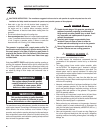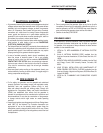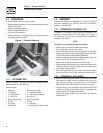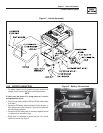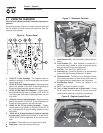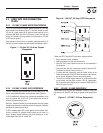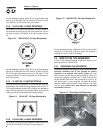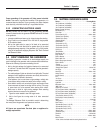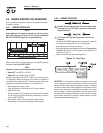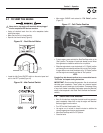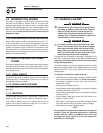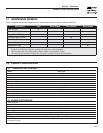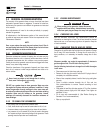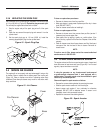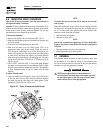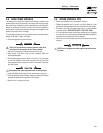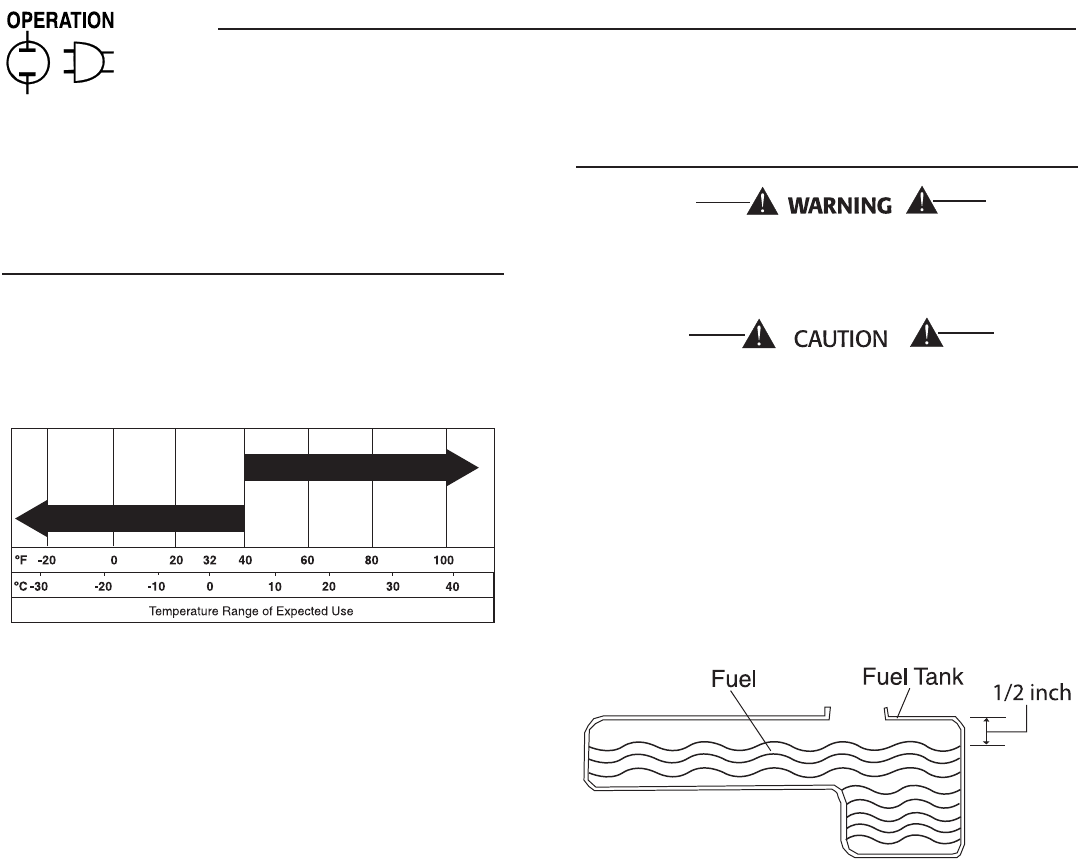
2.6 BEFORE STARTING THE GENERATOR
Prior to operating the generator, engine oil and gasoline will need to
be added, as follows:
2.6.1 ADDING ENGINE OIL
NOTE:
When adding oil to the engine crankcase in the future, use only
high quality detergent oil rated with API service classification
SG, SH or SL SAE 30 weight. Use no special additives.
Synthetic 5W-20, 5W-30
Synthetic 5W-20, 5W-30
SAE 30
SAE 30,
10W-30
10W-30
Select the oil’s viscosity grade according to the expected operating
temperature. Do not use SAE 10W-40.
NOTE:
Synthetic oil should only be used after first oil change.
Above 40°F, use SAE 30, or 10W-30.
Below 40°F, use synthetic 5W-20 or 5W-30.
Although multi-viscosity oils (5W-30, 10W-30, etc.) improve starting
in cold weather, these multi-viscosity oils will result in increased oil
consumption when used above 32°F. Check the engine oil level more
frequently to avoid possible damage from running low on oil.
Place generator on a level surface.
Clean area around oil fill and remove oil fill cap and dipstick.
Wipe dipstick clean.
Slowly fill engine with oil through the oil fill opening until it reaches
the full mark on the dipstick. Stop filling occasionally to check oil
level. DO NOT OVERFILL.
Install dipstick. Install oil fill cap and finger tighten securely.
Check engine oil level before starting each time thereafter.
•
•
•
•
•
•
•
•
2.6.2 ADDING GASOLINE
Never fill fuel tank indoors. Never fill fuel tank when engine
is running or hot. DO NOT light a cigarette or smoke when
filling the fuel tank.
Do not overfill the fuel tank. Always leave room for fuel
expansion.
Use regular UNLEADED gasoline with the generator engine. Do
not use premium gasoline. Do not mix oil with gasoline.
Clean area around fuel fill cap, remove cap.
Slowly add unleaded regular gasoline to fuel tank. Be careful not
to overfill. Allow about 1/2" of tank space for fuel expansion, as
shown here (Figure 14).
Install fuel cap and wipe up any spilled gasoline.
Figure 14 - Fuel Tank
IMPORTANT: It is important to prevent gum deposits from forming
in fuel system parts such as the carburetor, fuel hose or tank during
storage. Alcohol-blended fuels (called gasohol, ethanol or methanol)
can attract moisture, which leads to separation and formation of acids
during storage. Acidic gas can damage the fuel system of an engine
while in storage. To avoid engine problems, the fuel system should
be emptied before storage of 30 days or longer. See the "Storage"
section. Never use engine or carburetor cleaner products in the fuel
tank as permanent damage may occur.
•
•
•
•
Section 2 – Operation
Portable Generator System
10



